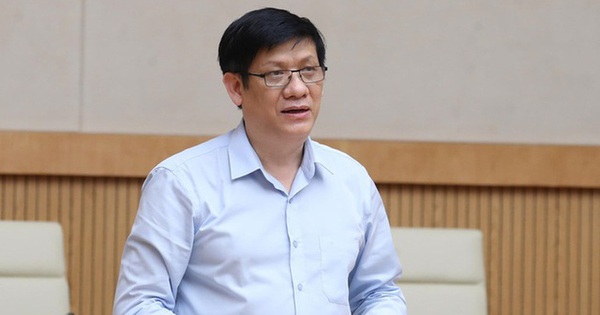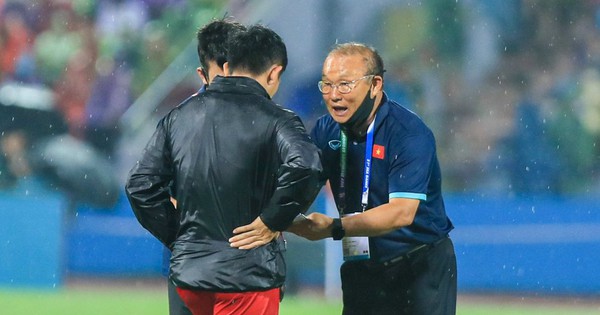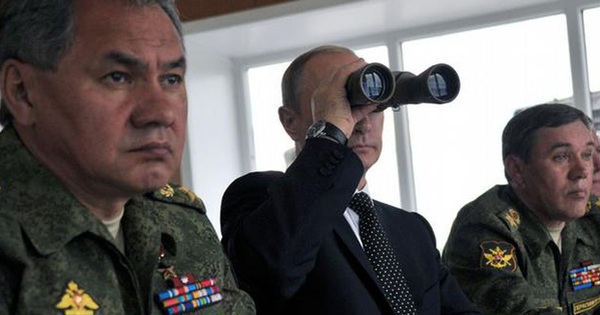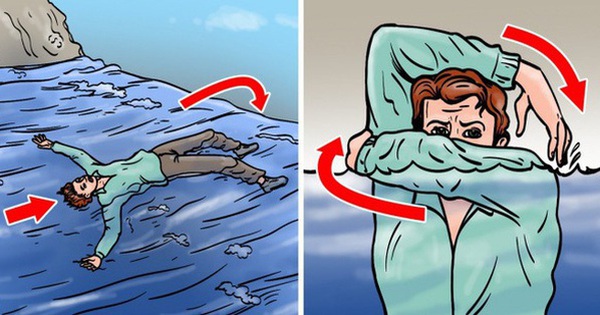From aerial photography to interrogating prisoners, soldiers learn the skills necessary to gather information, hunch it, and propose a plan based on what they know about the position and movement of a prisoner. enemy. Very little is known about Camp Ritchie’s activities and its combat nucleus.
How was Camp Ritchie born?
Nestled on the lush green hillsides of the Blue Ridge is a top-secret military training facility. Once a popular summer destination for the wealthy, the Cascade area in Maryland quickly became the ideal location for a military base due to its location and remote terrain.
Originally, this land was owned by the Buena Vista Natural Ice Company, which opened in 1889, with the purpose of cutting ice and selling it in the winter to wealthy customers. In 1926, the land was acquired by the Maryland National Guard along the existing Western Maryland Railroad, and rehabilitated to make it a summer training base for recruits.
The new camp was named “Camp Ritchie” after Maryland Governor Albert C. Ritchie. As training only took place during the summer months, there were only minor improvements to the base, including a parade ground, shooting ranges and a building used as headquarters. After the attack on Pearl Harbor, the US war effort was begun in earnest.
In 1942, the US War Department took over Camp Ritchie and repurposed it as a national training center for military intelligence.
The Military Intelligence Training Center (MITC) was established at Camp Ritchie with the aim of training soldiers and officers with techniques of interrogation, aerial photography, map reading, and intelligence gathering, along with other important skills to help the army gather intelligence during combat.
To this day, there are only two documents that show the existence of Camp Ritchie: a historical document titled “The Ritchie Boys” and a book titled “Sons and Soldiers”. “.
The Ritchie boys were mostly direct descendants of Europeans or German Jews who had defected to America in the years before the war. The U.S. military appreciated these men because they were fluent in German, making it very useful for them to interrogate captured German soldiers. It is a fact that the nearly 19,000 military personnel including intelligence officers, interrogators and trained image analysts at Camp Ritchie are rarely mentioned.
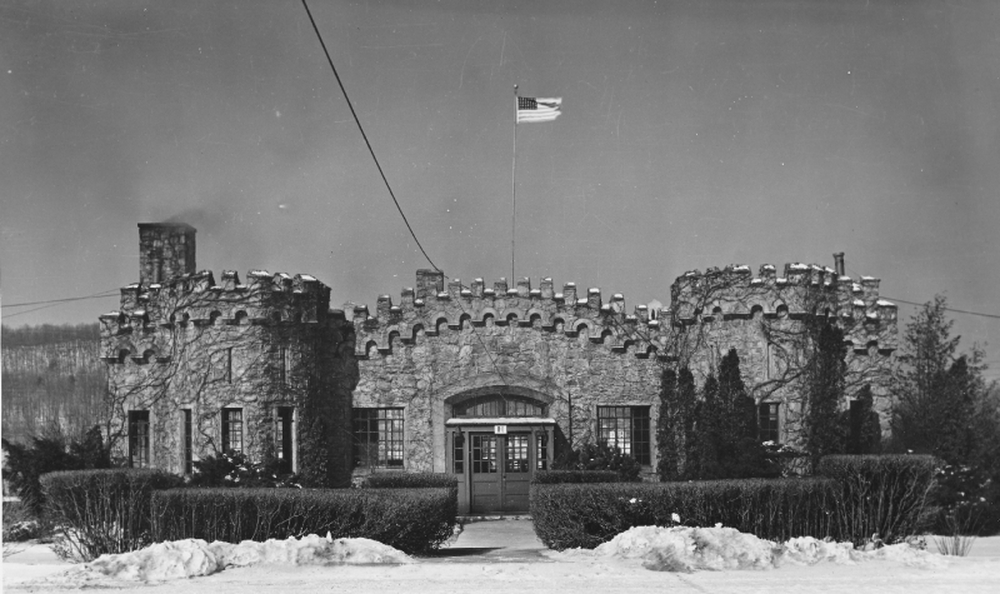
A relic of Camp Ritchie, where intelligence soldiers were trained in the state of Maryland. Image source: Therichieboys.
Maps, aerial photographs and interrogation of prisoners
The process of recruiting recruits to the Ritchie camp usually targets people who are fluent in German, French or some Eastern European languages. In addition, experience working with prisoners or in the military police is also an advantage. These skills will assist soldiers in their mission of gathering intelligence from former enemy prisoners of war.
There was a soldier who trained at Camp Ritchie during the war, Karl W. Hornung. While Hornung was at Camp Ritchie to learn how to gather intelligence, the base itself was in the process of expanding and establishing a new role.
Upon arrival at the camp, recruits will undergo an intensive education regimen that trains them in specialized areas of military intelligence. Hornung arrived at Camp Ritchie in March 1942 and immediately began training in intelligence.
In the Ritchie camp, which had small classes of 18 to 24 students each, Hornung began to learn about the structure and operation of the US military.
Hornung learned the sequences of orders from different military groups and divisions, such as learning the difference between the commands of an infantry and artillery battalion. In addition, Hornung learned about the role of staff in shaping operations and decision-making, and how information circulated in the command structure.
After Hornung and his comrades completed lessons in the structure and organization of the US military, they began to receive instruction in the basic skills of intelligence and information gathering in war.
They must learn about the difference between information and intelligence, and decide which intelligence is useful for the current situation. Usually, information is the raw form of data collected by the soldier; while intelligence is “added value information” where soldiers interweave information and weave a unified picture of what could happen when something happens.
Hornung and his comrades had to understand the factors in order to provide the right information to the commanding officers, such as using the aircraft for both reconnaissance and air combat. Intelligence analysts like Kark Hornung must use weather reports and knowledge of climate models to predict weather conditions, and thereby generate reports that weather conditions affect How about troops and equipment.
On the other hand, intelligence officers must also carefully consider the costs and benefits of different types of terrain and predict enemy movements on those types of landscapes. In order to understand the terrain, rookies must learn how to read the map: learn to identify symbols (symbols) and locate objects on the map, as well as regularly updated recruits maps of a particular area in their own way. The recruits at Camp Ritchie were also taught how to read maps from different countries.
Students learn how to identify symbols that correspond to different Allied nations, and what each of them means, in order to communicate effectively and work closely with Allied forces in Europe. Besides, rookies like Hornung also learn how to translate and exploit captured enemy maps. In many ways, the captured German map proved to be more valuable to the intelligence officer than the map produced by the Allies.
Enemy maps contain a wealth of information regarding troop locations, fortification lines, and potential battle plans… all valuable to allied commanders. After completing his mapping lessons, Hornung moved on to learn the more advanced techniques of using aerial photography for information gathering and intelligence sensing. The use of aerial photography for reconnaissance and intelligence became widespread during World War I.
Recruits at MITC learn to use images taken by aircraft to infer the strength of enemy infantry, fortifications, and mechanized units. A major advantage of using aerial photography is that with only one aircraft, a military intelligence unit can collect a lot of data and process it quickly, when it can accurately detect the enemy’s marching speed. .
Aerial photographs can be taken and analyzed within hours of landing, providing a “real-time view” of the battlefield. During his time at Camp Ritchie, Hornung also learned the art of interrogating both prisoners of war and non-combatants. Unfortunately, gathering intelligence from prisoners of war is difficult: any soldier who knows the information is often kept secret out of loyalty to his country and to his comrades.
To extract intelligence from prisoners of war, the first part of MITC teaches a lesson on how to treat POWs: to check for injuries, and if seriously ill, to send the prisoner to a hospital for treatment. Healthy prisoners will be transferred to a solitary confinement area.
If necessary, preliminary stages of interrogation can be conducted in this solitary confinement. Or prisoners were also escorted to the POW camp located near the front. At this prison camp, American soldiers would screen prisoners based on their nationality and rank. If the prisoners belonged to the same country, they were sent to a designated detention area, from where the enemy officers were separated into a group for American interrogators to work.
Hornung is trained to gather intelligence from interrogations of various forms. Rookies like Hornung will learn to be friendly with POWs and use the “destroy the snake” technique that will yield some valuable bits of information.
The task of the interrogation intelligence team was to organize the trifles to form a coherent idea of the big picture. With seasoned enemy officers, the interrogation could last for hours or days. At that time, American interrogators will be more open to talking about topics of religion, hobbies or family life.
Intelligence soldiers like Hornung were also taught not to expect too much from prisoners. Guy Stern and Fred Howard were two of the rookies of the Ritchie camp, who often played mind games with German prisoners of war.
Near the end of the war in Europe, the two men devised a strategy to scare prisoners into giving out information. Knowing that German soldiers were afraid of being sent to Soviet POW camps, Stern and Howard exploited this to exploit enemy information. One of them disguised himself as a Soviet soldier, a “Soviet soldier” who forced the German prisoners to believe that if they cooperated with the Americans, they would not be sent to Soviet POW camps.
After being interrogated, prisoners were separated again based on nationality and rank. During the final weeks of training at Camp Ritchie, Hornung and his teammates learned how to create fake situation reports: confusing and contradictory. Upon graduating from Camp Ritchie’s MITC, cadets will serve in a variety of roles within the U.S. military’s intelligence department.
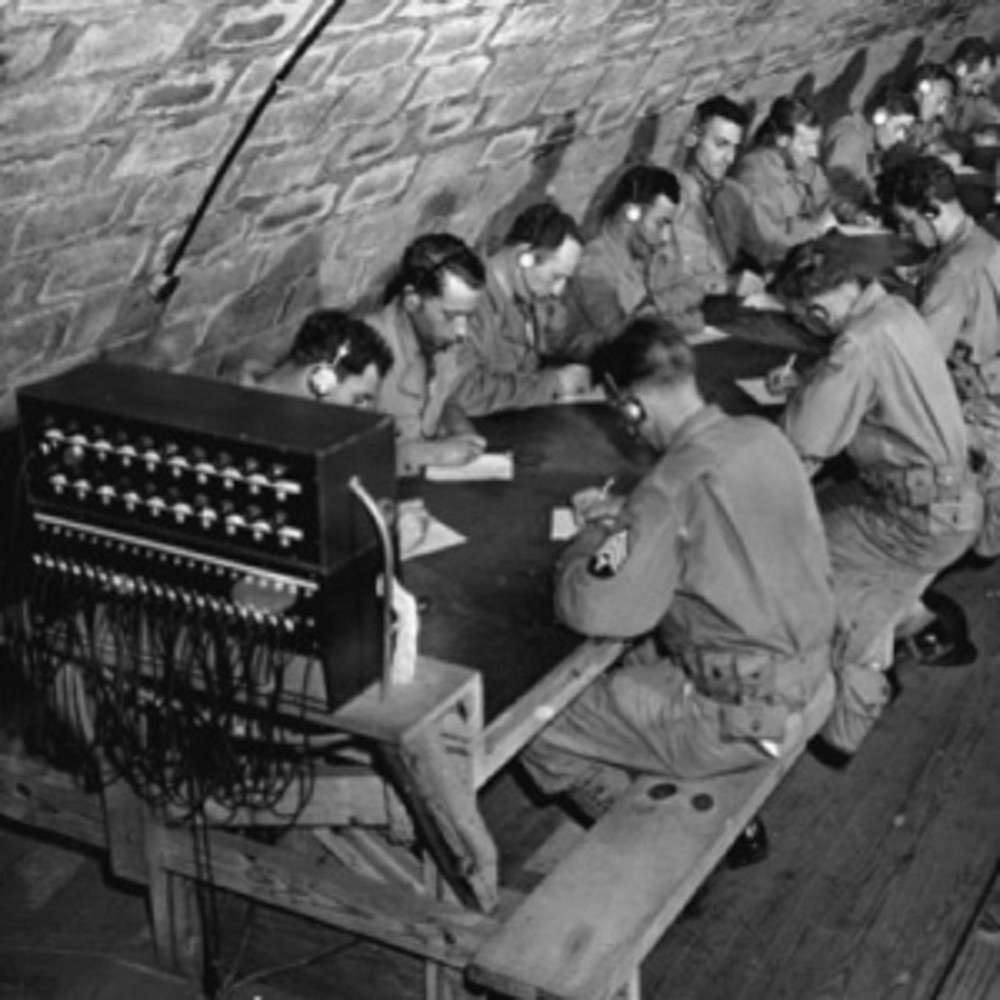
A classroom at Camp Ritchie. Image source: Amazon.
Japanese invasion plan
In 1917, as an infantry officer, Edmund J. Winslett was a soldier by profession. At the outbreak of World War II, Winslett had served in the military for 24 years. At the beginning of World War II, Winslett was assigned to a battery of coastal defense batteries. As the commander of this battery, Winslett was responsible for defending the United States from foreign invaders.
Although the possibility of Germany or Japan attacking the US is unlikely, the Pearl Harbor incident has shown that the US territory is very vulnerable to attack by the enemy’s navy. Although older than many other recruits in the US military, Winslett is still a valuable asset.
He was sent to Camp Ritchie and trained at MITC to become an intelligence officer. After graduating, Winslett became the leader of an intelligence unit he founded. Winslett served briefly on the European front, after which he received orders to deploy to the Pacific.
While at Camp Ritchie, Winslett studied image decoding and found himself privileged with the photographic intelligence team. In the Pacific theater, Winslet served on the 131st photo team, and Winslett and his team were aided in the invasion of Luzon. Under the same difficult conditions as Hornung, Winslett and his team performed the mission to the best of their ability, but the mission didn’t last long.
When the war in the Pacific began to turn, the possibility of Japanese invasion of the United States was all too clear. With fierce resistance and the arrival of Than Phong squadrons in 1944, the Americans tasted the bitter fruit of the Japanese determination. If the US military landed on the Japanese island, it must ensure a high-quality intelligence source. In 1945, Winslett was ordered to assist in the invasion of Japan. He used his skills trained at MITC to create that grand plan.
According to the plan devised by Winslett, American forces would land on the Japanese coast at the isthmus between Kyushu and Shikoku, and between Shikoku and Honshu, in order to separate Japanese forces into three separate areas. separate.
This would cut off Japanese lines of communication and allow US forces to maneuver around to attack and capture targets scattered throughout the Japanese archipelago. After the initial battle was followed by 2 additional battles in each region to put pressure on the Japanese and take over the whole country.
But the actual invasion of Japan did not happen. The US dropped two atomic bombs on Hiroshima and Nagasaki, causing the Japanese government to surrender, ending the war. After World War II, Winslett was promoted to the rank of Major and took command of the Liaison Office at I Corps Headquarters in Japan.
At the end of the Korean War, Winslett was on a team that negotiated a POW exchange with the North Korean government that helped bring American POWs home safely. Winslett retired after the Korean War ended.
at Blogtuan.info – Source: Soha.vn – Read the original article here
